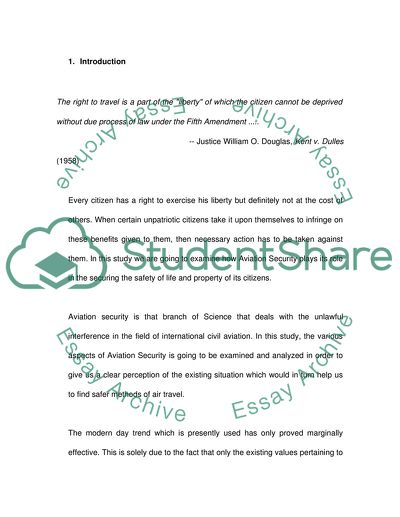Cite this document
(Aviation Security Essay Example | Topics and Well Written Essays - 3250 words, n.d.)
Aviation Security Essay Example | Topics and Well Written Essays - 3250 words. Retrieved from https://studentshare.org/science/1712600-aviation-security
Aviation Security Essay Example | Topics and Well Written Essays - 3250 words. Retrieved from https://studentshare.org/science/1712600-aviation-security
(Aviation Security Essay Example | Topics and Well Written Essays - 3250 Words)
Aviation Security Essay Example | Topics and Well Written Essays - 3250 Words. https://studentshare.org/science/1712600-aviation-security.
Aviation Security Essay Example | Topics and Well Written Essays - 3250 Words. https://studentshare.org/science/1712600-aviation-security.
“Aviation Security Essay Example | Topics and Well Written Essays - 3250 Words”, n.d. https://studentshare.org/science/1712600-aviation-security.


